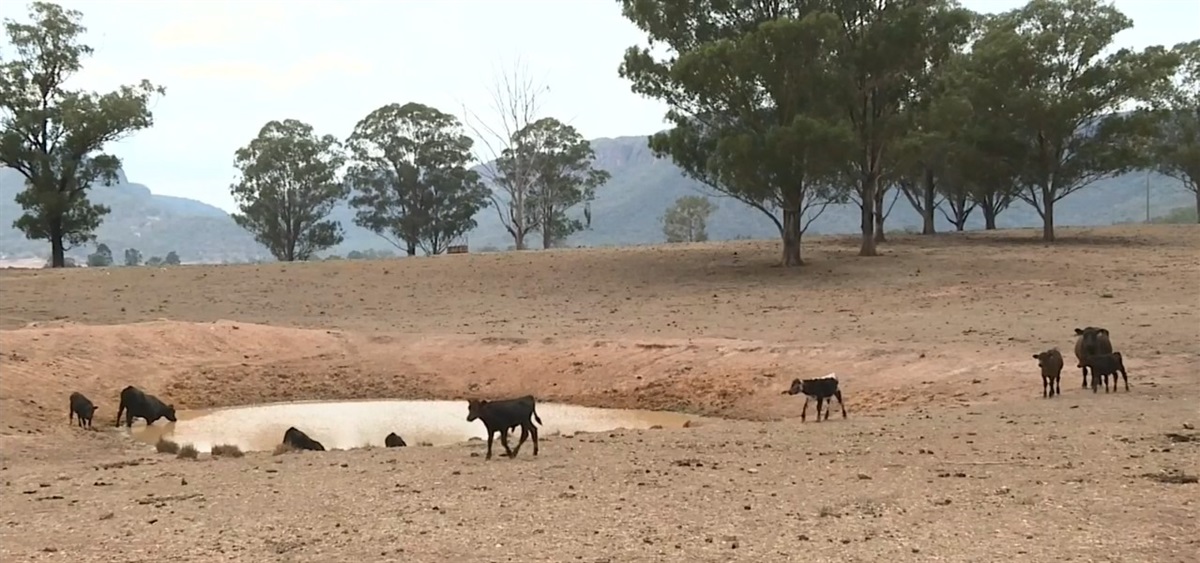Macquarie University researcher Stuart Ryder is part of an international team of astronomers who have made a long-awaited breakthrough, pinpointing the exact origin of a powerful one-off burst of cosmic radio waves.
Astronomers first identified fast radio bursts in 2007, and in the 12 years since, 85 of these bursts have been identified. Most of them have been one-offs, while in a few cases, repeated bursts issue from the same place.
Astronomers first identified a repeater’s home galaxy in 2017, but one-off bursts have been impossible to localise until now.
Fast radio bursts last less than a millisecond, but in that time they can release as much energy as Earth’s sun does in nearly a century.
The discovery was made using the Australian Square Kilometre Array Pathfinder (ASKAP) radio telescope in Western Australia. A team lead by CSIRO’s Keith Dr Bannister developed new technology to freeze and save ASKAP data less than a second after a burst arrives at the telescope.
With this data, astronomers, including Ryder, imaged the galaxy where the burst came from, using three of the world’s largest optical telescopes – Keck, Gemini South and the European Southern Observatory’s Very Large Telescope. The results have been published online by the journal Science.
The data-freezing technology was used to track the location of the burst – FRB 180924 – to its home galaxy (DES J214425.25−405400.81). A high resolution map shows that the burst originated in the back blocks of an obscure Milky Way-sized galaxy about 3.6 billion light-years away. Because ASKAP is made up of an array of radio telescopes, the team can measure when the signal washes over each unit, then use those time differences to triangulate the location. The team could pinpoint precisely where in the galaxy it originated.
Unlike the only previously localised burst, the ‘repeater’, which comes from a very tiny galaxy that is forming a large number of stars, the one-off comes from a massive galaxy that is forming relatively few. This suggests that fast radio bursts can be produced in a variety of environments, or that seemingly one-off bursts detected so far by ASKAP are generated by a different mechanism to the repeater.
The cause of fast radio bursts remains unknown but the ability to determine their exact location is a big leap towards solving this mystery.








